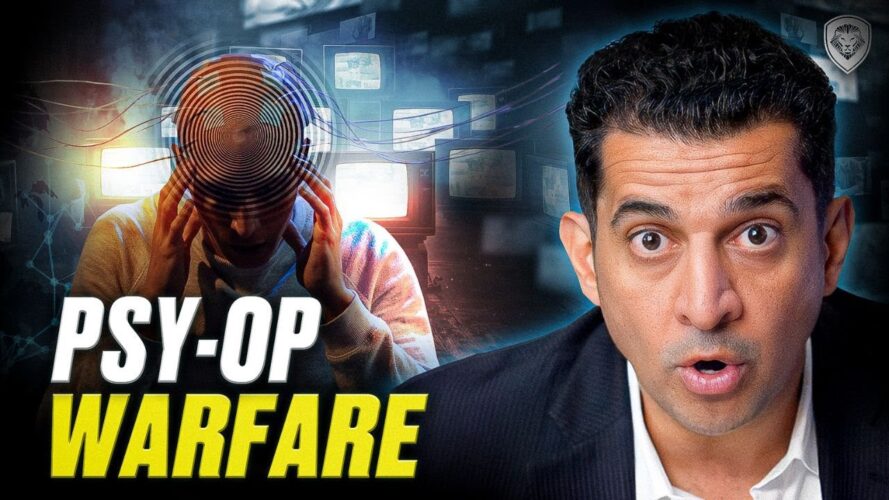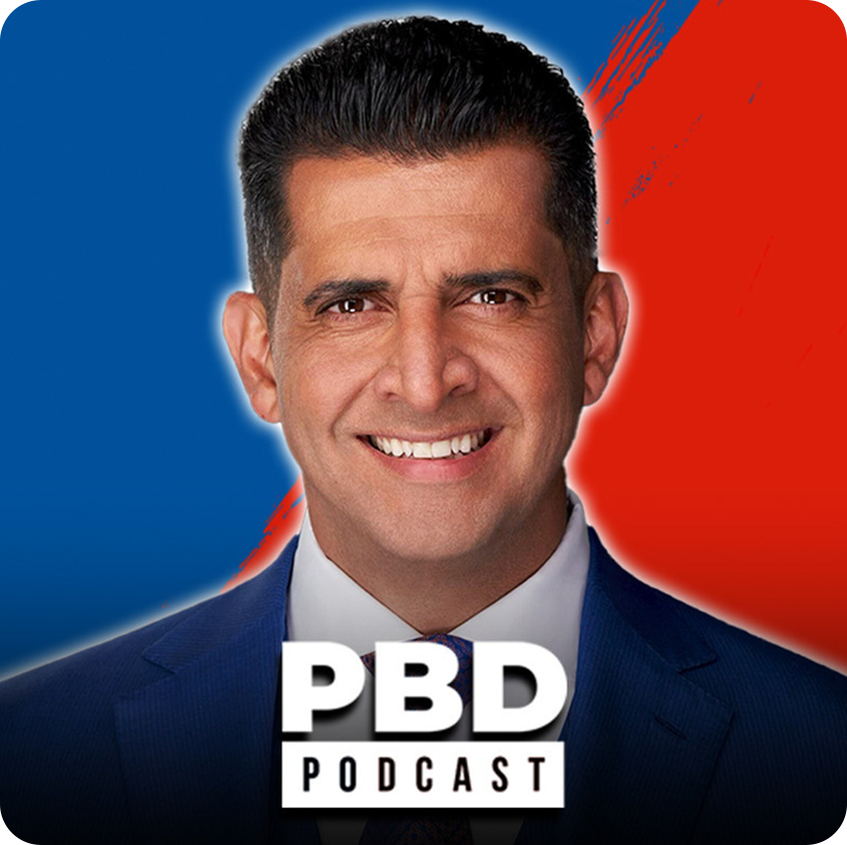In this eye-opening video, Patrick Bet-David explains how psychological warfare is utilized by government, business, and religion. Learn about the tactics and strategies used to manipulate and control the masses. This is a must-watch for anyone interested in the power dynamics at play in society.
Subscribe to Valuetainment for more deep dives, explainers, and motivational videos from PBD!
Introduction: The Age of Information Overload
In 1910, less than 10% of waking hours were spent consuming information. Fast forward to today, and this figure has skyrocketed to nearly 80-90%, with an average person absorbing 82 hours of information weekly. This inundation creates fertile ground for psychological operations (PSYOPs)—strategic efforts by governments, corporations, and other entities to influence beliefs and behaviors without direct confrontation.
What is a Psychological Operation (PSYOP)?
A PSYOP is a systematic strategy aimed at shaping public opinion, disrupting opposition, or achieving specific objectives. Edward Bernays, the “father of public relations,” introduced this concept in his 1928 book Propaganda, emphasizing that unseen forces manipulate society’s habits and opinions. These “invisible rulers” wield more influence than public figures, operating behind the scenes.
Mechanics of PSYOPs
PSYOPs typically follow an eight-step process:
- Planning: Define goals and target audiences.
- Research: Analyze cultural, social, and psychological traits of the audience.
- Content Development: Craft emotionally resonant, credible messages.
- Medium Selection: Choose delivery platforms like social media, broadcasts, or leaflets.
- Execution: Deliver messages with repetition and consistency.
- Monitoring: Measure impact using data and sentiment analysis.
- Adaptation: Refine strategies based on feedback.
- Termination: Conclude or evolve the campaign as needed.
PSYOPs in Practice: Military, Political, and Corporate Arenas
- Military PSYOPs
- D-Day Deception (WWII): Fake armies and dummy tanks misled German forces about the Normandy invasion.
- Operation Christmas Drop: U.S. planes dropped supplies in the Pacific to foster goodwill.
- The Voice of Allah: Religious messaging encouraged Iraqi soldiers to abandon their posts during the Gulf War.
- Political PSYOPs
- CIA’s Operation Mockingbird: Manipulated media narratives to counter communism during the Cold War.
- Gulf of Tonkin Incident: Exaggerated events justified escalating the Vietnam War.
- Corporate PSYOPs
- Lucky Strike’s “Torches of Freedom” Campaign: Promoted women’s smoking as a symbol of independence.
- De Beers’ Diamond Campaign: Established diamonds as essential for engagements.
- McDonald’s Happy Meals: Cultivated brand loyalty by targeting children.
- Cultural and Religious PSYOPs
- ISIS Recruitment: Propaganda videos portrayed empowerment and religious duty.
- Soviet Atheist Campaign: Undermined religious institutions to promote state loyalty.
The Role of Media in Modern PSYOPs
Media has become a critical weapon in PSYOPs, disseminating narratives widely and leveraging trusted figures to add credibility. For instance, public trust in experts, such as doctors or scientists, often amplifies the effectiveness of campaigns.
Awareness and Vigilance
PSYOPs are pervasive, affecting family dynamics, friendships, and professional environments. With the rise of social media and 24/7 information cycles, individuals must critically evaluate sudden emotional shifts toward people or issues.
Conclusion
Understanding the mechanics and applications of psychological warfare empowers individuals to recognize and resist manipulation. As we navigate an era of information overload, staying informed and discerning is crucial for maintaining autonomy in thought and decision-making.


















Add comment